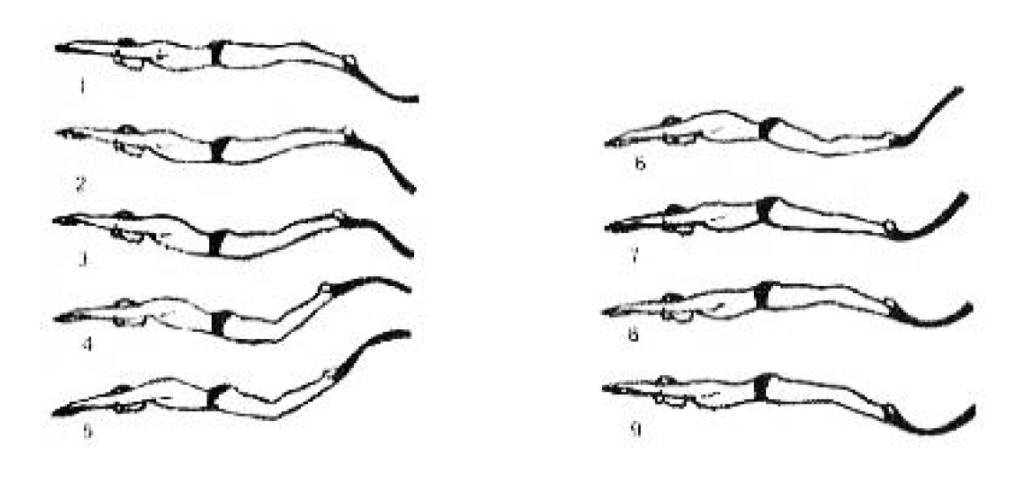Technique (from the Greek word tekhne) is defined as an art, a skill, or craft; a technique, principle, or method by which something is achieved or created (Oxford Dictionaries). Teaching the technique of swimming (monofin technique) is about transmitting specific motor skills to reach a goal. For us, it is moving effectively underwater, in apnea, with a monofin. Based upon scientific knowledge and considering environmental constraints, equipment, and regulations, technique proposes a theorization of the most effective movements.
The Style, is the athlete personal interpretation of technique. The athlete tries to apply the swimming technique with his own resources. The result of teaching technique is a swimming style – Basile Grammaticos.
The monofin technique will be different depending on whether you are doing DYN, CWT, or SPEED APNEA. and the following parameters need to be considered:
– The discipline regulation:
CWT and DYN are regulated, but as far as I know, there are no particular limitations concerning using a monofin to perform in these discipline. It has to be noted that new records in bifins and monofins are now differentiated. This new regulation helps to separate two swimming techniques which were sometimes combined until now.
– The material (gear):
All the monofins on the market respect the CMAS regulations concerning monofin dimensions. As I stated before in previous posts, the technique’s innovations impact the swimming technique, and can force sporting institutions to create more legislation in order to control the development and safety of the discipline. In the 2000s, with the new Andronov monofin foot pocket, CMAS regulated the monofin’s dimensions. Currently, the monofin cannot be over 760x760x150mm. By default, freedivers choose to use the finswimming monofin.
– The hydrodynamics laws and biomechanical effects:
Hydrodynamics laws help to understand the environment in which the swimmer evolved from. But, it is mainly the biomechanical consequences (behaviour of the swimmer) that will significantly impact the swimming technique. The activity of the swimmer in the water (how he swims), must take fluid mechanics into consideration – Didier Chollet.
– The athlete:
In reference to general data about the human body or personal data, information such as age, sex, size, weight, muscular quality, fat mass, length of segments, the neuromotor quality of the athlete, energy profile, the athlete’s motivations, etc. all need to be taken into consideration because they can lead to technical adjustment.
How to theorize the swimming technique?
We can theorize the swimming technique by drawing detailed chronological images of the swimming movement, like a kinogram :

This method will help the athlete have a mental image of the movement. However, this schematic representation cannot show any evolution of the technique throughout time. In order to try to transmit my “version” of the monofin technique for you, I will follow the method of one of my university teachers, Didier Chollet, who explained swimming techniques by defining technical principles to be respected.
The swimming technique and its principles can be learned. You have to understand and practice them to be able to swim with an effective style. You have to have some knowledge to understand the effects of certain actions and/or interactions, and then you will be able to act on them in a coherent way.
Practice is the key !
Theo-Patrick FOURCADE
Next post : Basics knowledge before talking Monofin Technique
References:
– La Technique de Nage en Monopalme, 1991 Basile Grammaticos
– Approche Scientifique de la Natation Sportive, 1992 Didier Chollet
– Technologies et Techniques des Sports : le regard de l’histoire et des sciences humaines et sociales, 2017 Luc Robène
You are welcome to use information from the blog, but please specify the source with a link: Theo-Patrick FOURCADE – bewaterfreediving.com ©
All the illustrations are copyright ©, please ask me before use.


Article très intéressant. Merci.
Question :
Et si nous parlons de l’étymologie du mot style qui signifie “travail de l’écriture”, (source lettres.tice.ac-orleans-tours.fr) l’étincelle supplémentaire, qui est au-delà de la technique et du style, donnera la signature personnelle,.. Pourra-t-on parler alors de pureté du style ?
Si un athlète de haut niveau effectue une performance extraordinaire qu’il semble être le seul à pouvoir réaliser (moment de grâce provoqué par une étincelle peut-être mais je dirais plutôt par un long travail d’entraînement) pourrait-on parler de « pureté du style » ? L’expression est un peu bizarre pour moi. Dans mon système de représentation, la Technique cherche à établir une théorisation la plus parfaite du geste sportif, on pourrait parler d’un geste d’une grande « pureté technique » car l’athlète se rapprocherait du mouvement théorique parfait mais le Style lui ne pourrait pas l’être me semble-t-il, car il n’est qu’une tentative de reproduction du geste technique. Par contre, on pourrait parler d’un nouveau style tellement performant et révolutionnaire qu’il deviendrait une nouvelle technique qu’on chercherait à théoriser pour pouvoir être copiée.
Cela s’est déjà produit. Le cas le plus célèbre est celui de l’athlète Américain Richard Douglas Fosbury (champion olympique en 1968) qui a incroyablement influencé par son style sa discipline : le saut en hauteur. Son style, sa façon de sauter au dessus de la barre « back-first », est devenu une technique de saut utilisée aujourd’hui encore par tous les sauteurs. Cette nouvelle technique porte d’ailleurs sa « signature personnelle », elle a été nommé de son nom : le « Fosbury ».
Merci pour cette réponse étayée.
Like!! Great article post.Really thank you! Really Cool.
Thank you ปั้มไลค์ !!